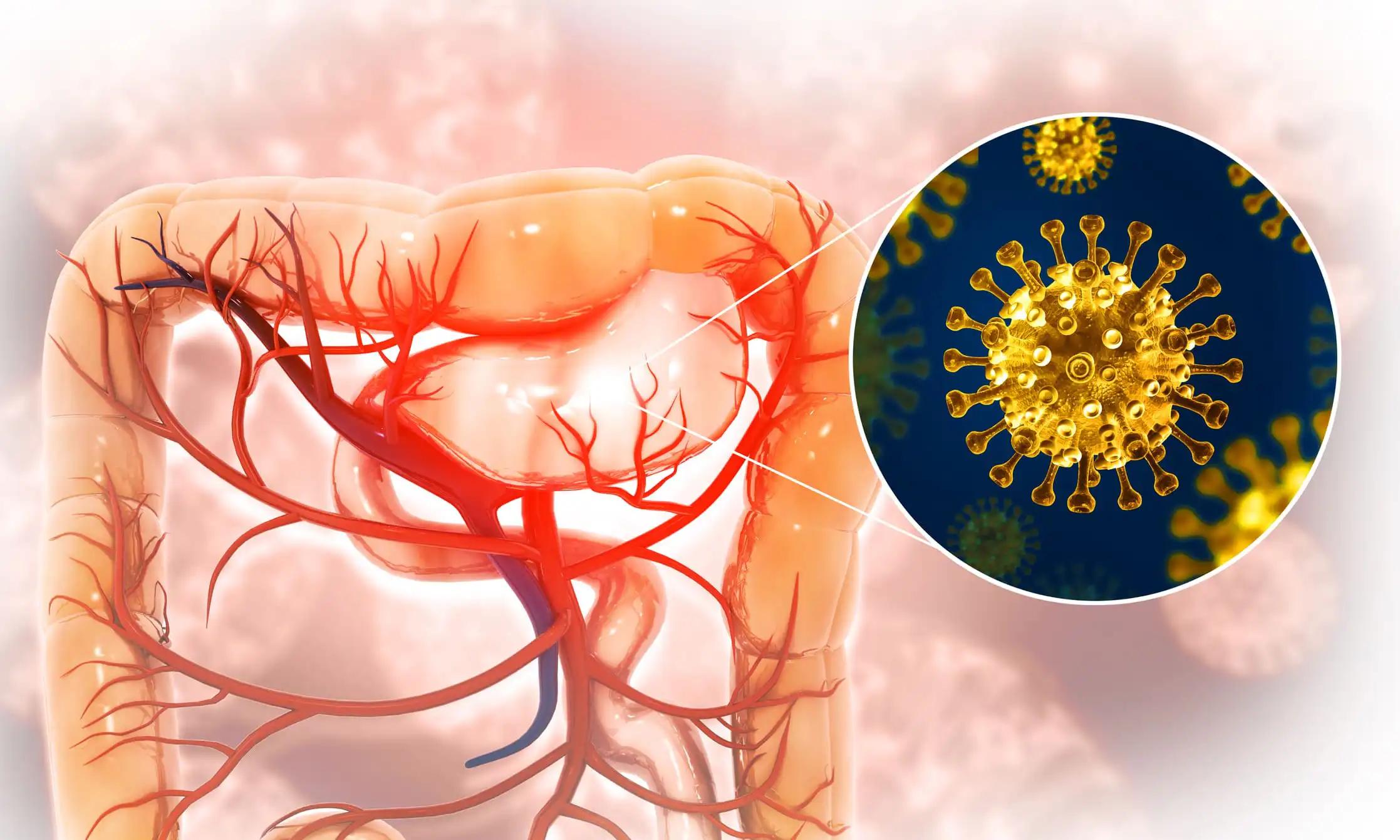KEY TAKEAWAYS
- The study aimed to assess colorectal carcinoma detection rates in adults under 50 and determine optimal screening age.
- Results concluded that colorectal carcinoma and adenoma detection rates in ages 45-49 matched those over 50, supporting earlier screening.
Colorectal carcinoma is a leading malignancy worldwide. Colonoscopy is the most effective method for early detection and tumor prevention and is currently recommended in Europe for adults over 50.
However, with a rising number of diagnoses occurring before age 50,Carla Ammann and the team aimed to assess colorectal carcinoma detection rates in patients under 50 and identify the optimal age for starting colonoscopy screening.
This single-center, retrospective cohort study reviewed all colonoscopies performed at a tertiary Swiss university hospital from 2016 to 2021 in patients aged 18 to 59. The colorectal cancer detection rate was calculated for each 5-year age group and analyzed separately by sex.
Results showed that among 2,846 colonoscopies, colorectal carcinoma was found in 1.4% of patients aged 45-49 (1.4% in males and 1.3% in females) and 1.1% of patients aged 50-54 (1.0% in males and 1.2% in females). Adenomas with high-grade dysplasia were detected in 1.4% of patients aged 45-49 and 1.3% of those aged 50-54, with higher rates in males compared to females. Adenomas with low-grade dysplasia increased from 14.6% in patients under 30 to 41% at ages 45-49 and 43.5% at ages 50-54, showing a similar trend by sex.
The study concluded that colorectal carcinoma and adenoma detection rates in patients aged 45-49 were similar to those in patients over 50, regardless of sex. These findings support the idea that lowering the screening age to 45 could be medically reasonable to reduce disease-specific mortality through improved screening strategies.
No funding information was available.
Source: https://pubmed.ncbi.nlm.nih.gov/39137348/
Ammann C, Maqkaj R, Schneider MA, et al. (2024).“Detection rate of colorectal cancer by routine colonoscopy is comparable in patients aged 45-49 and 50-54 years.” Swiss Med Wkly. 2024;154:3769. Published 2024 Jul 15. doi:10.57187/s.3769



